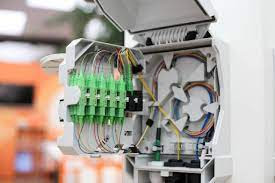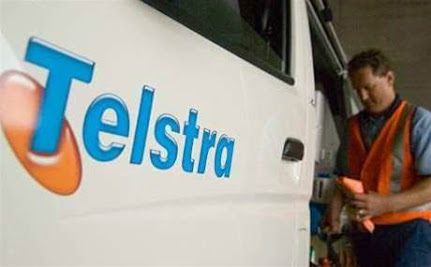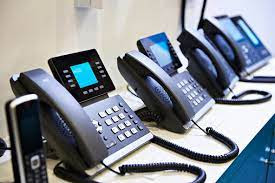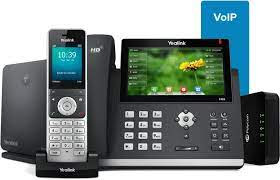From Setup to Speed: Your Ultimate Guide to NBN Installation
The National Broadband Network (NBN) has revolutionized the way we connect to the Internet, promising faster and more reliable broadband services for homes and businesses across Australia. If you're gearing up for an NBN installation, understanding the process from setup to speed is crucial. This ultimate guide will walk you through the key steps, ensuring a seamless transition to high-speed connectivity.
1. Preparing for the Installation:
Before the NBN installation in Australia, it's essential to prepare your premises. Ensure that there is clear access to existing telecommunications equipment, and make sure the designated installation area is tidy. If you have any concerns or specific requirements, communicate them to your service provider in advance.
2. Choosing the Right Equipment:
As part of the installation process, you'll be provided with a Network Connection Device (NCD), which acts as the bridge between the NBN network and your home or business. It's crucial to place the NCD in a central location for optimal Wi-Fi coverage. Additionally, you may need to consider purchasing a router that supports the latest Wi-Fi standards for the best performance.
3. Connecting to the NBN Network:
The installation team will connect your premises to the network through the installation of a utility box and the NCD. The utility box is usually installed outside your property, while the NCD is placed inside. This process involves minimal disruption, and the technicians will ensure that the installation is completed efficiently.
4. Configuring Your Network:
Once the physical installation is complete, it's time to configure your network settings. This involves connecting your devices to the Wi-Fi network, securing your connection with a strong password, and customizing any additional settings based on your preferences. Most service providers offer user-friendly interfaces for managing these configurations.
5. Testing Your Connection:
After the NBN installation is finished, it's important to test your internet connection to ensure that everything is functioning as expected. Perform speed tests using online tools to check the upload and download speeds. If you encounter any issues, don't hesitate to contact your service provider's support team for assistance.
6. Troubleshooting Common Issues:
In some cases, you may experience challenges during or after the NBN installation. Common issues include Wi-Fi connectivity problems, slow speeds, or intermittent outages. Many problems can be resolved with basic troubleshooting steps, such as rebooting your router or checking for firmware updates. If issues persist, your service provider's customer support can guide you through more advanced troubleshooting.
7. Maximizing Your NBN Experience:
Now that your installation is complete and your
connection is up and running smoothly, it's time to maximize your broadband
experience. Take advantage of the increased speeds for seamless streaming,
video conferencing, online gaming, and more. Explore the additional features
and services offered by your provider.
In conclusion, a successful NBN installation is a gateway to a faster and more reliable internet experience. One could even get this service for professional use in their own town, like if you wish to have a business telephone system in Melbourne, you can get it through the same provider of NBN. Remember that your service provider is there to assist you at every step, so don't hesitate to reach out if you need guidance or support. Welcome to the future of broadband!




Comments
Post a Comment